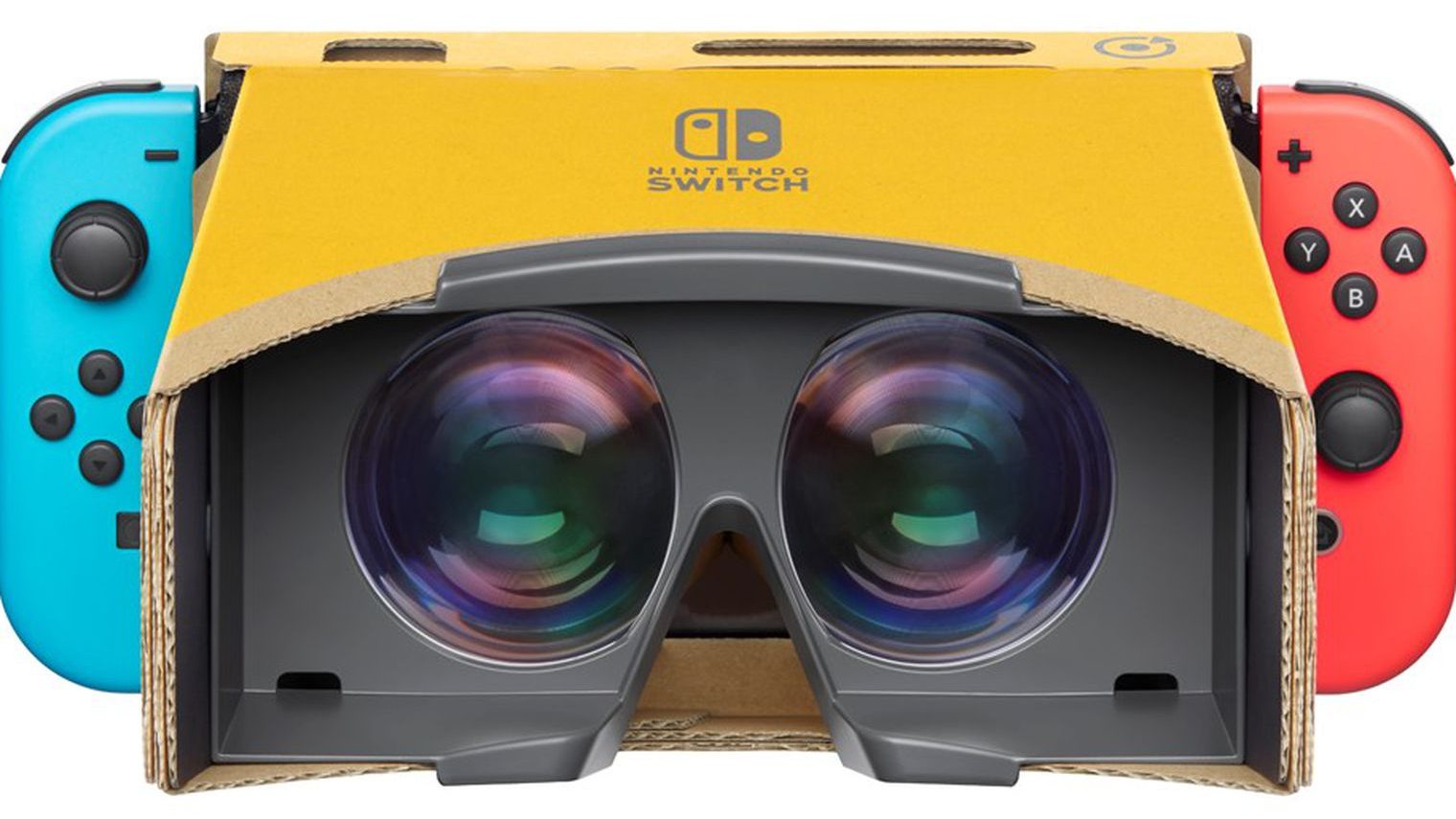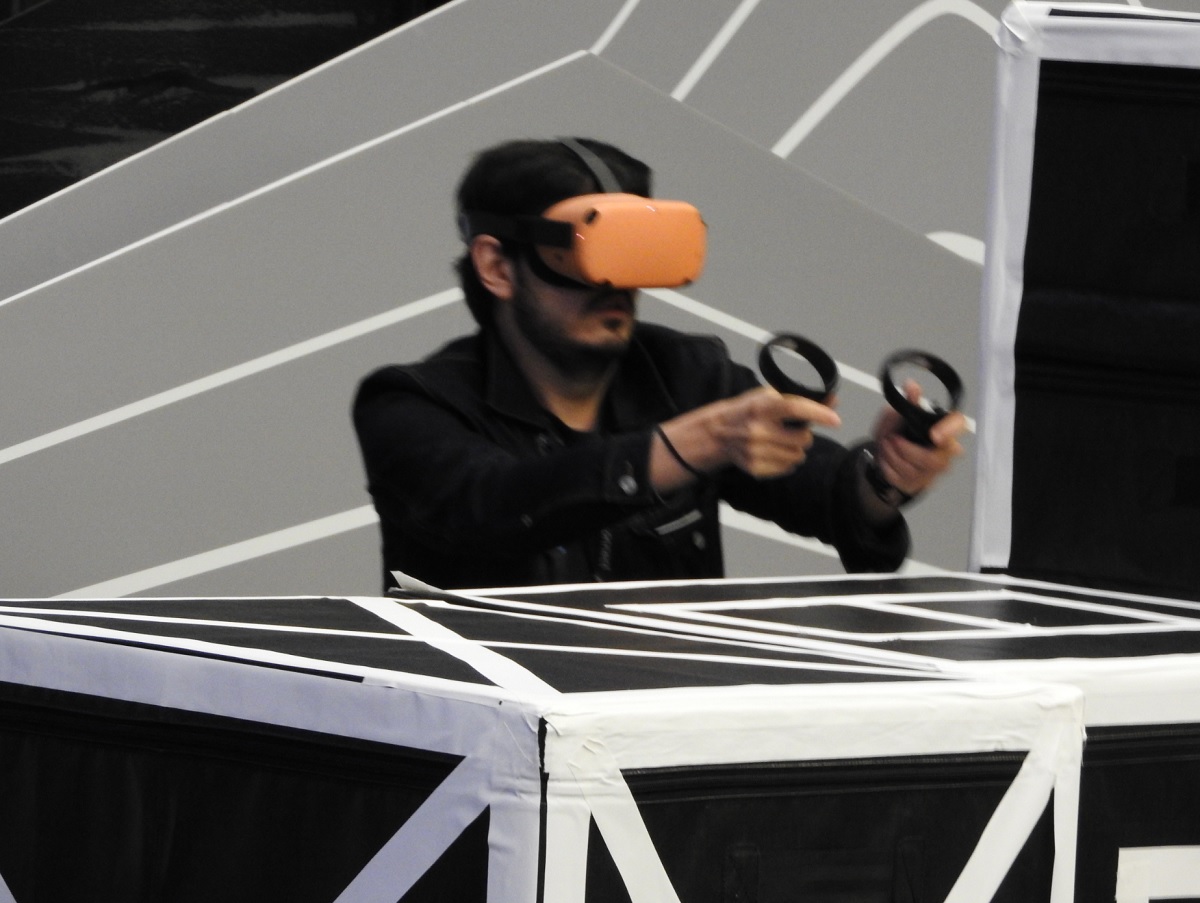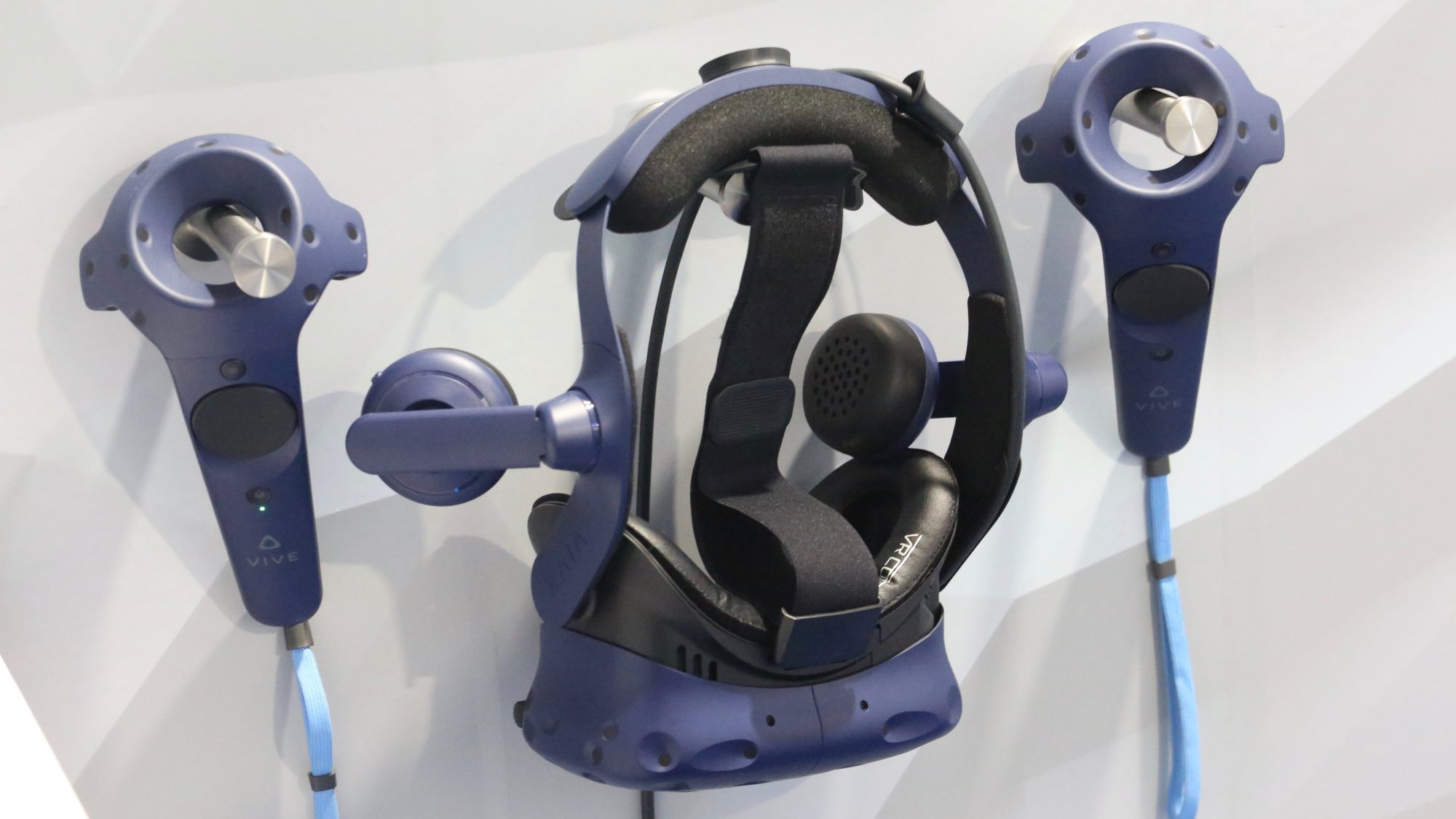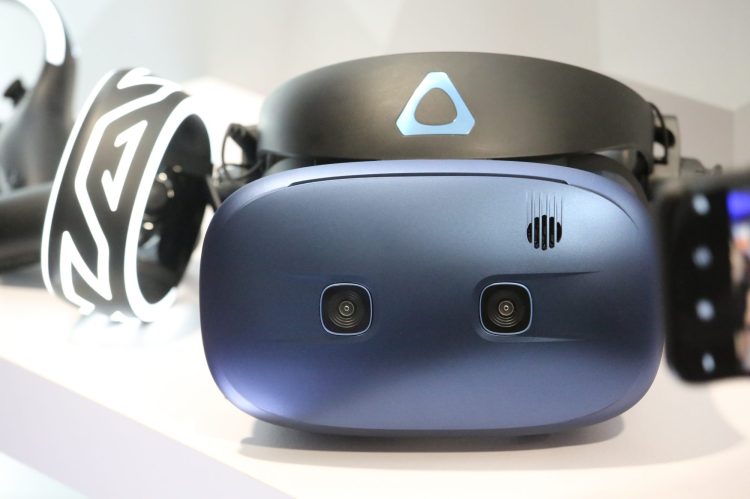Once, there was a single VR headset. Today there are quite a few, and within months, there will certainly be too many in the marketplace for most people to count. Consumers are about to enter the most confusing time in VR’s history.
There are already four tiers of decidedly different devices to choose from, and throughout the spring, there will be new entries in every category, at every price point. None is guaranteed to be successful — in fact, there’s a good chance that some will be utter flops.
If you’re thinking of buying or upgrading a VR headset, the easiest option would be to wait on buying anything until the dust settles. That’s probably a good idea, but no fun! So instead, I’m going to go through the most noteworthy new options by category and provide some recommendations, hopefully in a manner that makes this imminently messy stretch of VR’s evolution a little easier for you to navigate.
Screenless VR / mobile headsets
Analysts and pundits have been predicting the end of the “supply your own screen” VR headset accessory category for a year, as sales of Samsung’s Gear VR and Google Daydream View smartphone sleeves have basically dried up. That’s thanks largely to cheap standalone VR headsets such as Oculus Go. Why pay $80 to $100 for a fabric and plastic smartphone mount for your face when you can get a $200 dedicated VR device with its own battery, software, and so on?
The downward trend isn’t stopping Nintendo. Next month, the company is putting out an $80 Labo “VR Kit” made mostly from cardboard in an effort to give Switch owners their first VR experiences. I personally wouldn’t spend a dime on a cardboard VR viewer, and never wanted fabric/plastic smartphone goggles, either, but just because they’re cheap, $80 DIY headsets tend to sell more units than $600 deluxe models. It’s entirely possible that Nintendo will sell hundreds of thousands of VR kits — perhaps more than the Virtual Boys it released 20+ years ago.

Above: The Labo VR Kit for Switch.
Companies such as Nintendo portray DIY options as a way for users to dip their toes into VR’s water, but the Labo VR Kit in particular appears set to deliver a particularly murky, shallow, kiddie-pool version of VR. There have been too many reports of past Labo customers getting only a couple of days of use from their cardboard accessories before abandoning them. I’d call this one, and this entire category, a hard pass.
Standalone consumer VR headsets
The second and arguably hottest category of 2019 is “standalone” headsets — fully self-contained VR experiences that you don’t need a separate computer or device to enjoy. HTC did a limited release of an expensive standalone option called Vive Focus, but has apparently determined that it is exclusively for business users. In the United States, the category has thus far been defined by the $200 Oculus Go, which has just enough processing power to play 3D movies, simple apps, and basic games, most of which are intended to be experienced while you’re sitting down.
Analysts predict that a $400 version of Oculus Go, called Oculus Quest, will be the biggest VR hit of the year. It has a more powerful processor, radically better head and controller tracking, and higher-resolution screens. Oculus plans to launch it this spring with around 50 games and “experiences,” most of which are question marks besides some ports of older PC games — notably Beat Saber and Superhot VR — and a 3D episodic Darth Vader story.

Above: Dead & Buried with the Oculus Quest in a very big arena.
If I was going to invest in any standalone headset this year, Oculus Quest would be it. But I’m not yet convinced that it’s worth $400, or that it will have legs beyond 2019. The chip inside is underpowered, and despite claims that it will be the Nintendo Switch of VR, I haven’t yet seen a Quest experience so compelling that I feel like anyone needs to have the system. It has the challenge ahead of somehow attracting first-time VR players, while arriving at a price point that’s historically only acceptable to early adopters. We’ll have to see how that plays out.
I think we’ll see some other notable entries in this category this year, but they may wind up being sold largely in the Chinese and Southeast Asian markets, or being pitched as “enterprise standalone headsets,” like HTC’s upcoming Vive Focus Plus. More on that topic in category four below.
Computer or console-tethered consumer VR headsets
There are so many new entries to discuss in the third category, tethered VR headsets, but in some ways that feels like a waste of time. The sales numbers haven’t been great for any headset that requires a PC for its computing, and the best-selling tethered headset is Sony’s PlayStation VR — a currently $200 headset that is floating somewhere between 3 and 4 million units sold globally, reliant on a PlayStation 4 for processing. That’s a pretty good installed base by VR industry standards, but not quite as high as Sony needs to make the business a smash hit.
On the PC side, 2019 already has the following upcoming VR headsets coming soon.
- Oculus’ just-announced Rift S, a $400 sequel to the 2016 Rift.
- HP’s Reverb, a $600 model with much higher-resolution screens and Windows Mixed Reality/Steam VR compatibility.
- HTC’s Vive Cosmos, an unpriced but specifically consumer-focused sequel to the Vive with new controllers, plus the ability to connect both with computers and unspecified other devices.
- More PC headsets from smaller companies such as Pimax, which you’ll probably never see in retail stores.
That doesn’t even include already released options such as Samsung’s Odyssey+, prior-generation Vive and Rift headsets, and the like. It also omits headsets that are unannounced but certainly in development for release over the next year or so, such as Sony’s PlayStation VR 2, and mixed AR/VR headsets recently shown at CES.

Above: Oculus Rift S
Consumer tethered VR users have so many current and near-future options to choose from — all at fairly high prices — that nothing seems like a really smart investment right now. The worst part is having to choose between paying early adopter premiums for better display technology, or settling for something less impressive that touts easier setup and better motion tracking as its biggest generational improvements (sorry, Rift S).
As of right now, I wouldn’t suggest sinking $400-$600 into any of these new options. But with the right sale — or announcement of some great new VR headset (Sony?) or killer app/game — that could change. If you’re a consumer, keep your eyes wide open for the next few months; if you’re a business customer, continue reading.
Dedicated enterprise VR headsets
This fourth category has a somewhat fuzzy overlap with the second and third categories. At this point, there are two types of “enterprise” VR headsets: standalone models such as HTC’s Vive Focus series, and tethered models including the Vive Pro series. As tempting as it may be to write these models off as low-selling failures kept alive by post-launch rationalizations — “we never really intended consumers to buy Vive Focus” — HTC explicitly said prior to the launch of Vive Pro Eye that it’s not meant to be bought by consumers. It didn’t announce consumer pricing, and most of its demos were specifically targeted at businesses.
So unless you’re a business, you can entirely write these headsets off at this point. But if you’re in the C-suite and looking to buy some cutting edge gear, this is an especially exciting time for VR hardware, though I expect a lot more innovation over the next year.

Above: HTC Vive Pro Eye.
The HTC Vive Pro Eye brings integrated eye tracking hardware and foveated rendering software to enterprise-class VR. Using Tobii eye sensors, it knows where the wearer is looking and can use gaze both to control app content and to increase the graphic detail of whatever the person is focused on. When the software works properly, it feels like the future of VR — at least, part of it.
Much higher-resolution VR headsets are coming soon, though they’ll require considerably more powerful computers to drive the displays. Since Sony, Samsung, and LG (with Google) are all known to have new ultra high-res VR screens in the works, it’s unclear whether the companies will go straight for consumer price points to popularize them, or start by trying to win over enterprise customers first. It would be no surprise for the next round of screens to start showing up later this year.
Regardless of whether you’re a consumer or enterprise customer, my big picture advice is the same: Hold off on buying a new VR headset until the dust settles — perhaps around the fall or holiday season. There’s a lot of VR hardware coming out in the very near future, and in hindsight, a lot of it is going to look like a bad investment. But if you get joy from being an early adopter, consider something in the sub-$400 price range.

